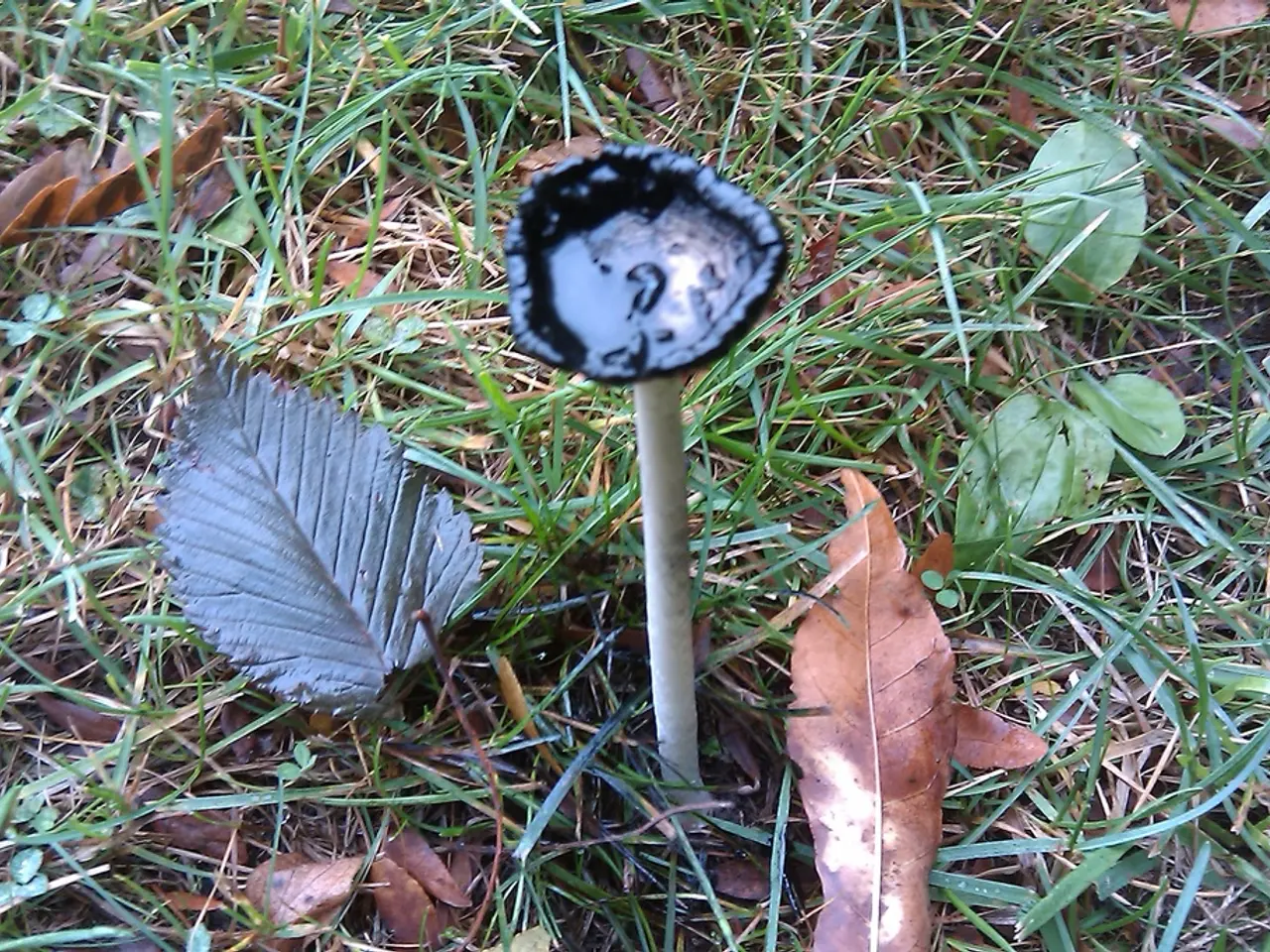Uncovering the Damaging Interaction Between Soil Gnats and Vegetation
In the world of gardening, few pests can be as frustrating as soil gnats, also known as fungus gnats. These tiny, weak-flying insects are attracted to moist soil and organic matter in potted plants, causing potential harm to your verdant companions. Here are some practical methods for preventing and controlling soil gnat infestations, focusing on moisture management, soil treatment, and biological controls.
First and foremost, it's essential to allow soil to dry out properly. Fungus gnats thrive in damp soil, laying eggs in the top few inches. Letting the soil dry to a depth of about 2 inches before watering significantly disrupts their lifecycle. Bottom watering, or watering from below, can also help keep the surface soil dry, without compromising the plants' hydration needs.
Using sterilized potting soil is another effective measure. Starting with sterile potting soil and avoiding mixing in non-sterile compost reduces the likelihood of introducing fungus gnats or their eggs into your plants.
Adding a physical barrier on the soil surface is another useful tactic. A ½-inch layer of horticultural sand, fine gravel, diatomaceous earth, or even a layer of coarse sand on top of the potting mix deters adult gnats from laying eggs and prevents larvae from emerging.
Biological controls, such as beneficial nematodes (Steinernema feltiae) and the natural bacterium Bacillus thuringiensis israelensis (BTI), are also valuable allies in the fight against soil gnats. These organisms target and kill fungus gnat larvae naturally, without harming plants or pets.
Maintaining proper sanitation is another crucial aspect of gnat control. Empty water trays under pots to avoid moisture buildup and remove decaying organic matter, which can attract gnats. Keeping the plant area clean and free of rotting debris further reduces breeding sites.
Preventive measures for indoor and outdoor environments are also important. Regularly clean areas around plants, keep fruit sealed, fix moisture leaks, and manage outdoor conditions like gutters, mulch, and vegetation near foundations to minimize gnat access and breeding spots indoors.
For those already battling a gnat infestation, various natural remedies can be employed. Apple cider vinegar, cider, beer, and sugar and dish soap solutions can be used to create effective gnat traps. Larvae of soil gnats are drawn to the scent of decaying or overripe fruit, making apple cider vinegar an effective lure for gnat traps.
By combining these methods—especially drying out soil surfaces, using sterile soil with physical barriers, and applying biological controls—you can effectively prevent and control soil gnat infestations in potted plants. Happy gardening!
Maintaining a dry soil surface by letting it dry to a depth of about 2 inches before watering and using bottom watering methods can help prevent fungus gnat infestations in home-and-garden potted plants, making it an important part of your lifestyle. Coarse sand, horticultural sand, diatomaceous earth, or fine gravel on the soil surface can also serve as physical barriers that deter adult gnats from laying eggs and prevent larvae from emerging, which can be especially useful in home-and-garden settings.




